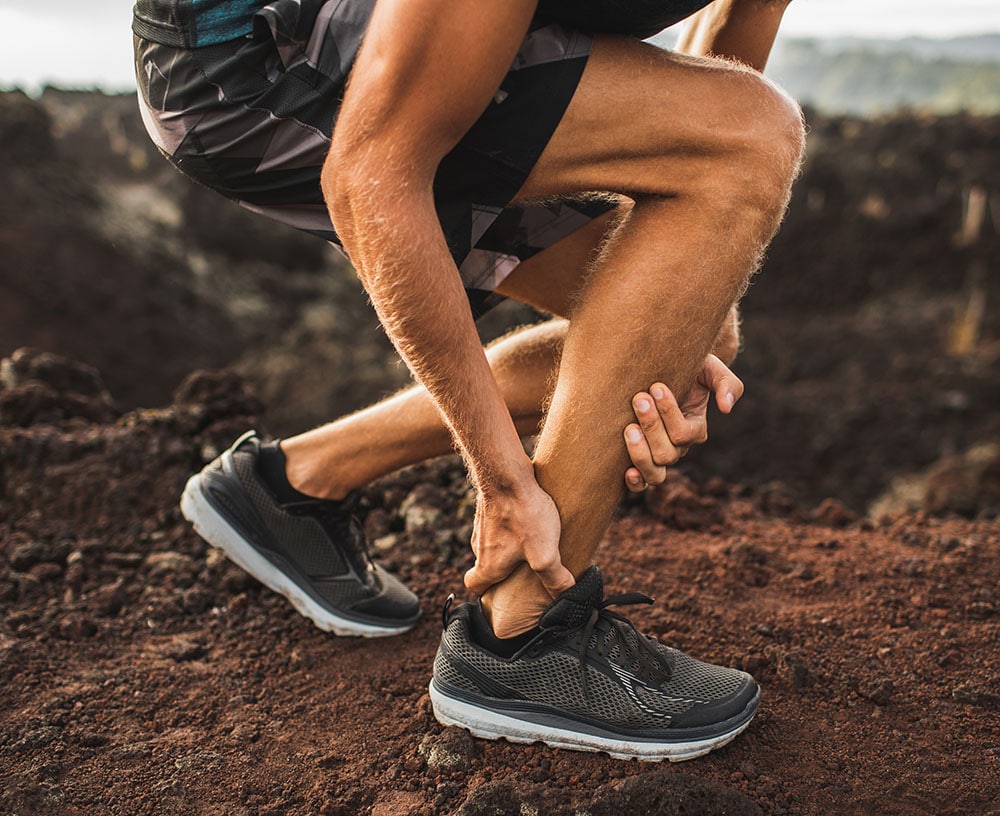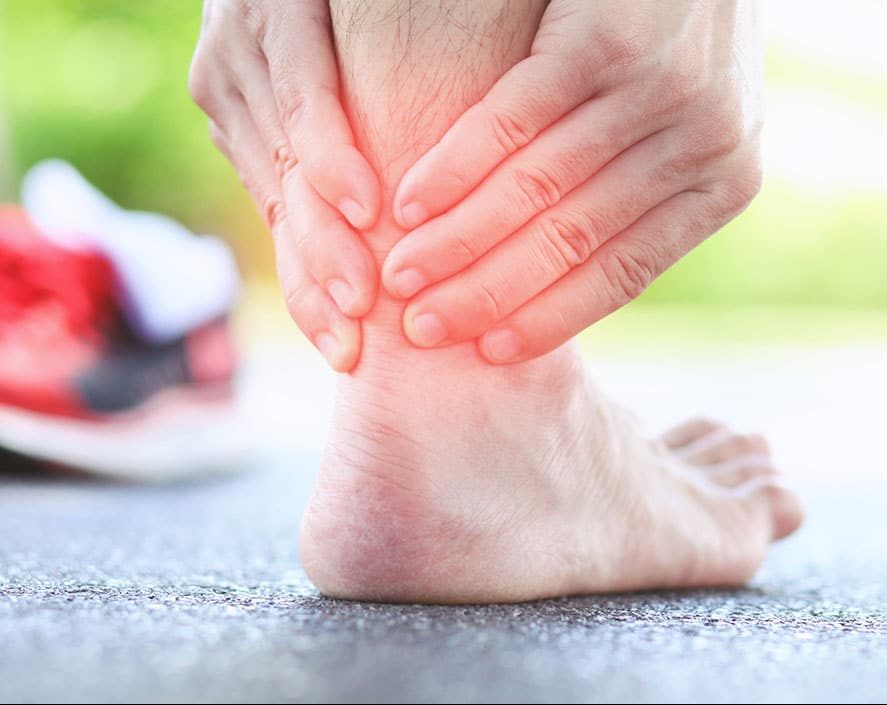Achilles Tendinitis
Achilles tendinitis is a frequent cause of pain in the back of the heel. But just because it is relatively common does not mean each case shouldn’t receive full and proper care.
While often classified as a sports injury, Achilles tendinitis can develop outside of sports and other intense physical activities as well. People who spend much of the day working on their feet or have structural factors that place more stress on the Achilles tendon can have a higher risk of tendinitis as well.
If you are experiencing persistent heel pain of any type, it’s always worth diagnosing and addressing sooner than later. Schedule an appointment at Southern California Foot & Ankle Specialists and we can get to the root of the problem.
What is Achilles Tendinitis?
The Achilles tendon is a very strong tissue that connects the calf muscles to the heel bone (calcaneus). It’s an essential part of our motion and the largest tendon in the body.
When the Achilles tendon is forced to endure more stress than it is conditioned to handle, it can become overstrained, causing inflammation and minor tearing. This is Achilles tendinitis, although in some cases the tearing can be severe or cause a full rupture.
Achilles Tendinitis Symptoms
Not all cases of Achilles tendinitis will always have the exact same list of symptoms. That said, some of the more common symptoms include:
- Pain focused in the back of the heel or just above it.
- Pain or discomfort that increases after activity, especially climbing stairs or walking up hills.
- Stiffness following long periods of inactivity, such as when getting up in the morning.
- Swelling in the heel area.
Achilles tendinitis cases tend to fall into two categories: insertional Achilles tendinitis, where the injury is focused on the spot where the tendon connects to the heel bone, and non-insertional Achilles tendinitis, where the damage is located higher up the tendon. The location of your pain can be a good indicator of which type of tendinitis you have.
What Causes Achilles Tendinitis?
One or more different factors can be responsible for the development of Achilles tendinitis.
- Overuse. One of the most common causes, this simply means the Achilles tendon was physically worked harder or for a longer period of time than it could reasonably endure. This can happen when beginning a new sport or workout routine, or by going all out in an activity you haven’t fully prepared for.
- Abnormal bodily structure. Conditions such as flat feet and high arches can cause excess force to shift to the heel and tendon during movement, leading to strain. Having tight calf muscles or a tight Achilles tendon can also cause problems.
- Improper footwear. Certain shoes can have similar effects to an abnormal foot structure, failing to provide proper support and loading more stress on the Achilles tendon.
- Age. Unfortunately, the Achilles tendon will often weaken as we age, making it more susceptible to injury.
Treatment for Achilles Tendinitis
If you suspect Achilles tendinitis – or really aren’t sure what might be causing persistent discomfort – there is no reason whatsoever to delay seeking evaluation and treatment. Not taking steps to find and address the root of the problem greatly increases the chance of the problem worsening or returning in the future.
Call us for an appointment. In the meantime, try to keep weight off the affected foot (or feet) as much as possible. Keeping the affected foot elevated when sitting or lying down may also help relieve pain and swelling.
In most cases of Achilles tendinitis, conservative treatments will be enough to provide relief and help prevent future recurrences. Depending on each case, its causes, and the personal needs of the patient, we may recommend:
- Non-steroidal anti-inflammatory medication
- Heel lifts to take excess stress off the Achilles tendon
- Stretches and exercises to condition the tendon and connecting tissues (like the calf muscles)
- Changes to more accommodating and supportive footwear
- The use of night splints or other equipment to aid in relieving morning pain
- A walking boot or another form of immobilization in more severe cases.
In severe cases or those that don’t respond to conservative treatments, surgery might be considered. Different surgical procedures may be recommended depending on the situation, including the removal of weakened parts of the tendon, lengthening the tendon, or removing any potential irritants to the tendon, such as bone spurs or inflamed tissues.
Find Effective Relief from Your Heel Pain
Whether Achilles tendinitis or another problem is at the source of your discomfort, our expert diagnosis and treatment plans will set you on the road to a faster recovery.
Schedule an appointment at our Ladera Ranch office by giving us a call or by filling out our online contact form.
Contact Us
Robert Spencer, DPM
Nitza Rodriguez, DPM
Mario Porciello, DPM
Map & Directions
333 Corporate Drive, Suite 230, Ladera Ranch, CA 92694
Tel: (949) 364-9255 (WALK)
Fax: (949) 364-9250
Office Hours:
Monday - Friday: 9am - 5pm
*(Lunch 12 noon - 1pm)


